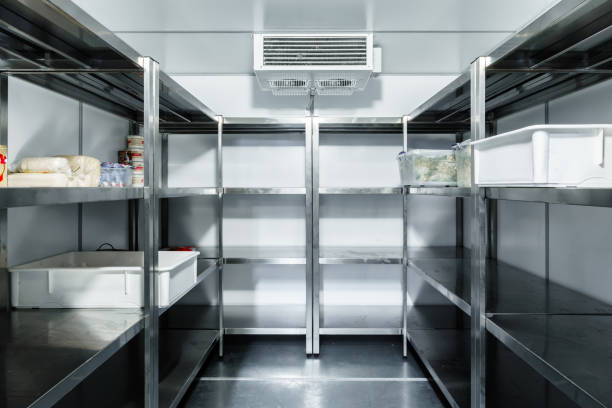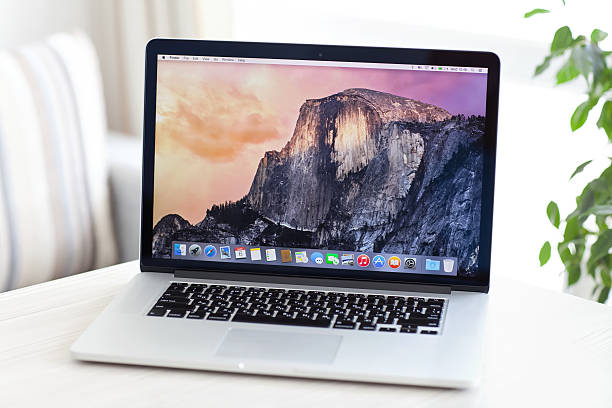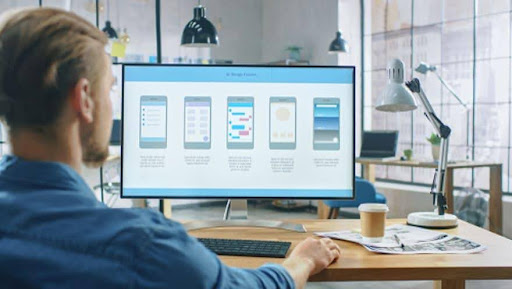Cold rooms, also known as walk-in coolers or freezers, are a vital component for businesses that need to store temperature-sensitive products. From supermarkets keeping vegetables crisp to laboratories preserving vital samples, these controlled environments ensure quality and safety. However, the initial setup cost of a cold room can be a significant hurdle, leaving many wondering: why are cold rooms so expensive?
Several factors contribute to the high price tag associated with cold room installation. Let’s delve into the key reasons:
- Specialized Construction Materials: Unlike a standard room, a cold room requires robust insulation to maintain a consistent low temperature. Insulated panels, typically made of polyurethane (PU) or polyisocyanurate (PIR) foam, form the walls, ceiling, and floor. These high-performance panels are more expensive than traditional building materials due to their superior thermal resistance.
- Refrigeration System Muscle: Maintaining a frigid environment requires a powerful refrigeration unit. The size and complexity of this system depend on the desired temperature, room volume, and product turnover. Larger rooms or those requiring ultra-low temperatures necessitate heavier-duty compressors and condensers, significantly increasing the cost.
- Doors Built to Withstand the Chill: Standard doors simply won’t cut it in a cold room. Specialized freezer or cooler doors are designed to minimize heat transfer while withstanding constant opening and closing. These robust doors, often featuring self-closing mechanisms and insulated cores, add to the overall expenditure.
- Installation Expertise is Key: Setting up a cold room is not a DIY project. Trained technicians are required to ensure proper panel assembly, refrigeration unit installation, and leak detection. Their specialized skills and knowledge contribute to the installation cost.
- Size Matters: As with most things, size plays a crucial role in cold room pricing. Larger rooms naturally require more panels, a more powerful refrigeration unit, and a bigger door, all translating to a higher cost. Optimizing the size of your cold room to meet your specific needs without unnecessary space is essential for cost control.
Beyond the Initial Investment:
While the initial setup cost is a significant factor, it’s important to consider long-term expenses as well. Here’s what to keep in mind:
Energy Consumption: Maintaining low temperatures requires constant refrigeration system operation. Energy bills can be a significant ongoing cost. Choosing energy-efficient refrigeration units can help mitigate this expense.
Maintenance Needs: Regular maintenance is crucial for optimal cold room performance and longevity. This includes filter cleaning, system checks, and potential repairs. Budgeting for ongoing maintenance ensures your cold room operates efficiently and avoids costly breakdowns.
Finding the Right Balance:
While cold room setups can be expensive, the benefits they offer are undeniable. By understanding the factors influencing cost and considering long-term expenses, businesses can make informed decisions. Here are some tips for cost optimization:
Clearly Define Needs: Precisely define the temperature range, room size, and product turnover required. This helps determine the most suitable and cost-effective cold room configuration.
Compare Options: Get quotes from multiple reputable cold room suppliers. Explore prefabricated options for quicker installation and potentially lower costs compared to custom-built rooms.
Consider Used Equipment: For non-critical applications, good-quality used refrigeration units can offer significant savings. However, factor in potential maintenance needs and ensure the equipment meets your specific temperature requirements.
In conclusion, cold room setups involve a substantial initial investment due to specialized materials, powerful refrigeration systems, and expert installation. However, the long-term benefits of safe and efficient temperature control often outweigh the initial cost. By carefully considering your needs, comparing options, and exploring optimization strategies, businesses can ensure they get the most out of their cold room investment.




